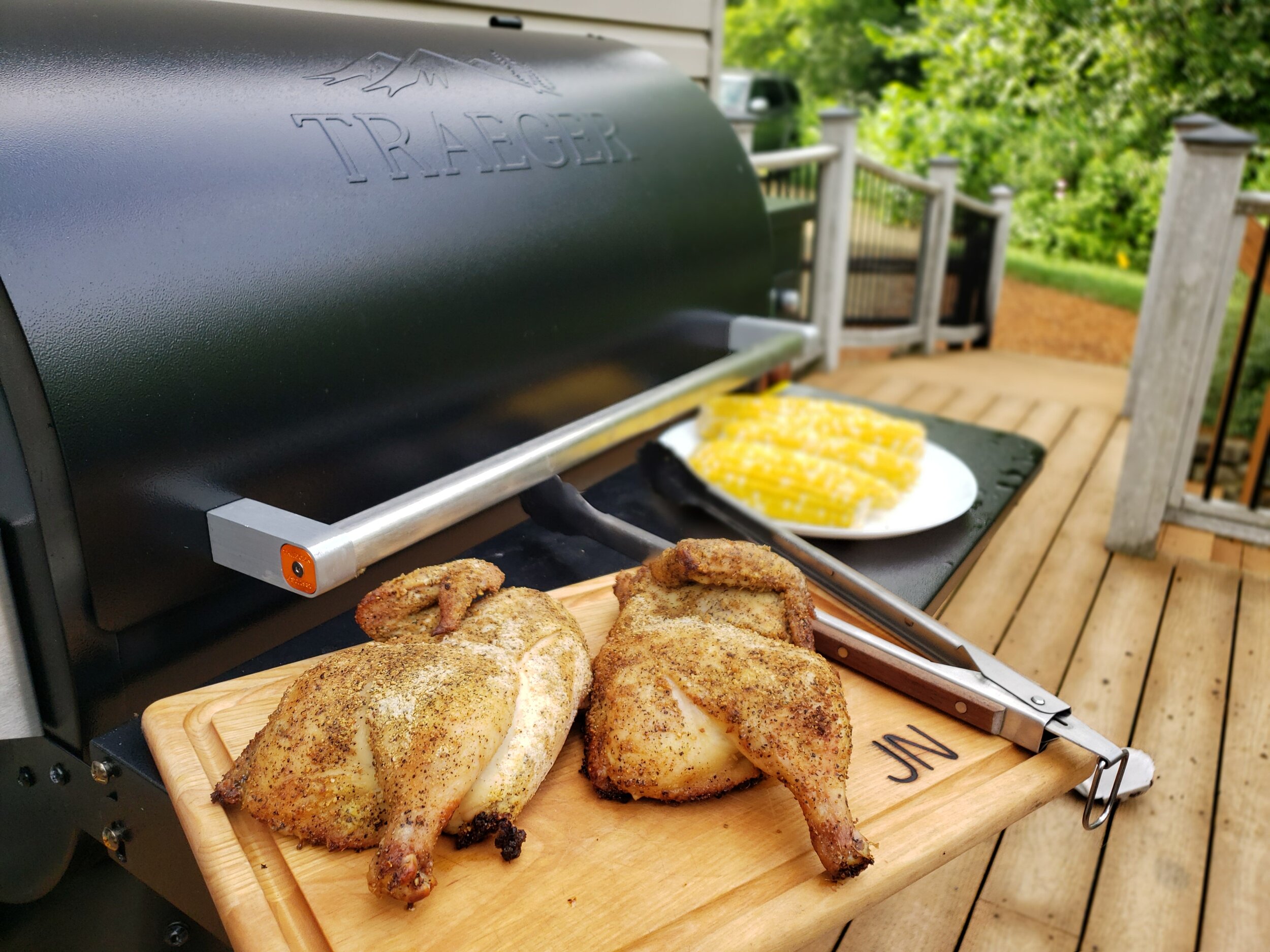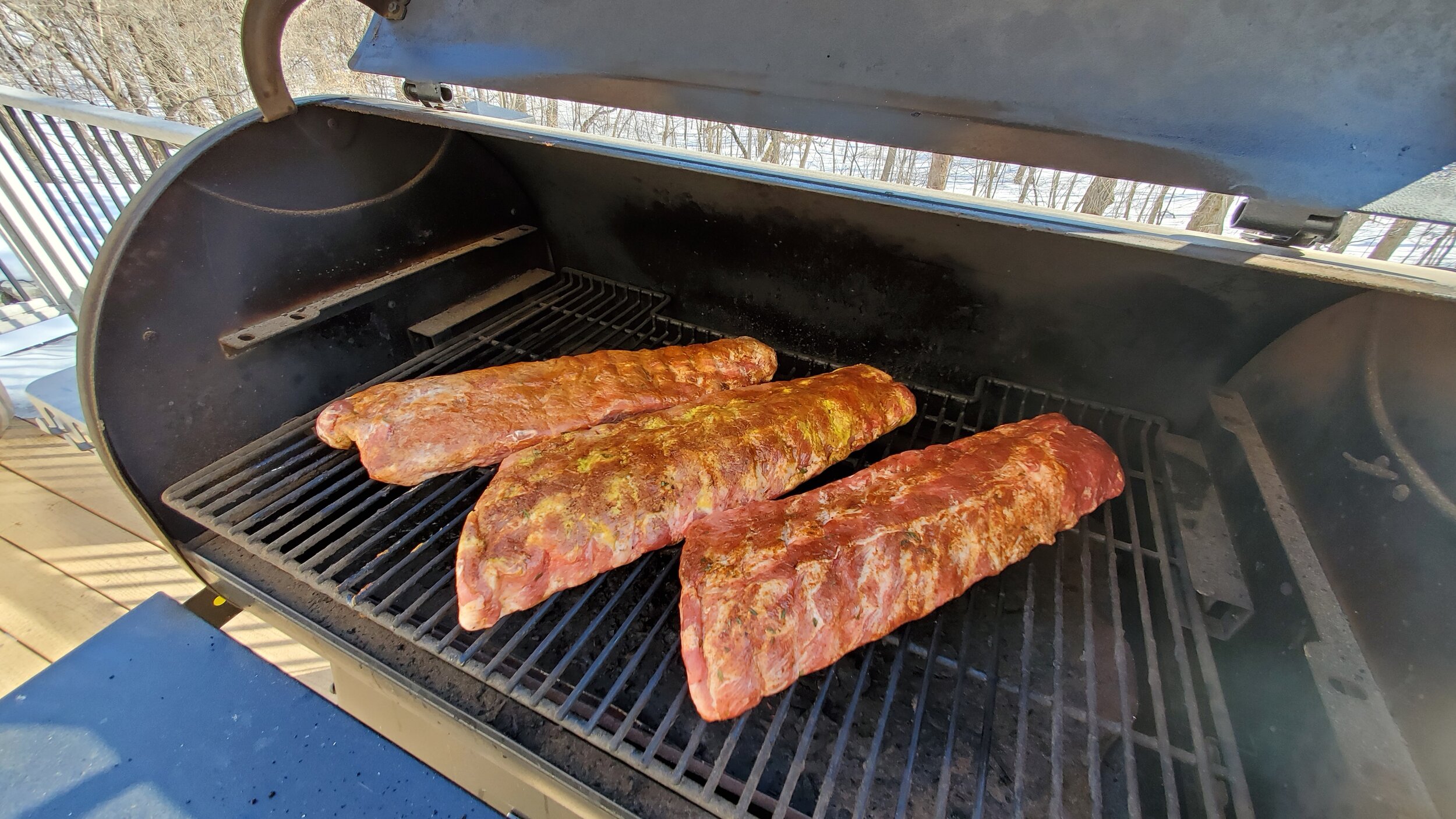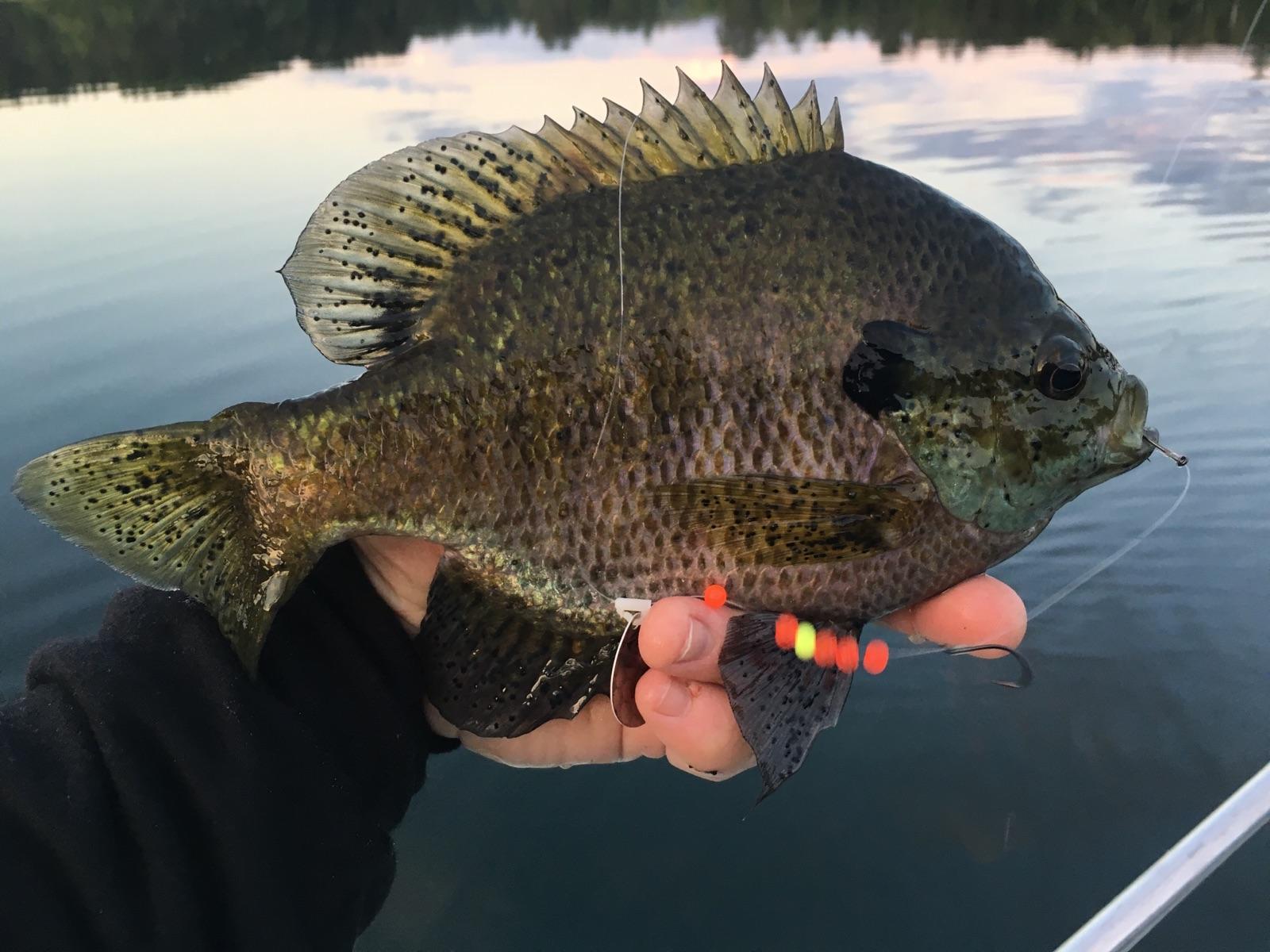Ever lost a tackle box? I’m pretty good at it as it turns out. So are my kids I’ve come to learn, they’ve got too many of my own genes. I’ve lost them tragically to a canoe capsize, which is a rough story I’d not like to recall. I’ve lost one to theft, and of course it was a box full of crankbaits. I’ve left them on the banks of rivers, in buddy’s cars and boats, and even lost them in my own messes. Those are the worst, when you lose an ice-fishing box in some other coat you rarely wear, only to find it a few years later. If you’re like me, you know the lump-in-your-throat feeling that comes with not just the initial loss, but the cost and time it takes to reassemble what you own.
So it was this past week when my youngest son was granted my primary open-water panfish box, and lost it. It was loaded with stuff, which to a casual observer may look to be only a couple bucks, but careful examination and the rising price of tackle meant a few hundred dollars in every kind of panfish rig under the sun. As you might imagine, reassembly of 30 some years of panfish tackle is like telling a baseball card collector to just go out and replace his coveted McGuire and Griffey Jr. rookie cards. Some of that stuff they just don’t make these days.
I’m lucky to work in the industry and at times am privy to deals on select tackle and brands, which certainly makes reacquiring tackle easier, but rarely is anyone showered with free goods just for being who they are. Usually, anything free is really payment for services, or with an expectation of services later. The same is true for discounts. Which of course, turns a simple jig into currency; a thought not lost on someone who just misplaced said jigs.
Life goes on, and crappies and gills still call, so I went about putting that box back together. Step one was a nearly forgotten photo I’d taken a few years ago. I’ve been convinced by a buddy or two in the insurance industry to photo catalog everything I own at one point or another. Sage advice for a number of reasons, and while I was never planning on using those shots, I’m sure glad I had them. It was pretty easy to see each of the lures, colors, quantity, and other items in the box. It was even a great way to take inventory on what I “thought” I had vs. what I now feel like I could use some extras of.
These days, it’s easier than ever to catalog your tackle. Most of us have smart-phones, and whether we know it or not, access to cloud storage. That could mean Dropbox, Google Drive, or any other number of storage solutions that don’t involve having those photos only on your phone or point-and-shoot. Those pics are subject to any form of chaos like fire, water, or simple loss as well, so just having them on your phone isn’t the best way to ensure you’ll always have them.
Start by laying out all of your tackle boxes at once, or in groups, and snap an overhead photo of everything. Then, get in close for multiple photos of the same box each. It’s amazing how different angles and shuffling the tackle a bit can reveal some new items previously unseen. Then, make sure at the end of the session that you move those photos offsite somewhere. I use Dropbox and with an app on my phone, can easily shift the photos I’ve taken to Dropbox online storage. It means I can access them from my phone again, but also from any other device should I need to look at them on the fly or when buying more tackle.
Of course if you never lose anything, and can completely rule out fire, water damage, or any other general form of destruction, by all means forgo this step. I’m not that lucky, and also have a way of putting my stuff in harms way from time to time. That makes me (and my family) prime candidates for a photo-everything day.
At this point, I’ve nearly restocked all of the panfish tackle save a few items that have been discontinued or I otherwise haven’t purchased yet. I put everything in a newer, larger box, and though I dreaded the task, my oldest who has lost his fair share as well did some penance and helped. We had fun dumping out the tackle here, there, and everywhere, generally playing fishing as we went.
Fast forward to last night when I received a call. The old tackle box has been found. All of which means that this has simply been a training exercise, but it’s good to have that now and again too. It’s also good to know that it’s worth the time and effort to take a few photos, should (when) this ever happen(s) again. That and I have at least twice the amount of panfish tackle I’ll need for years to come.












